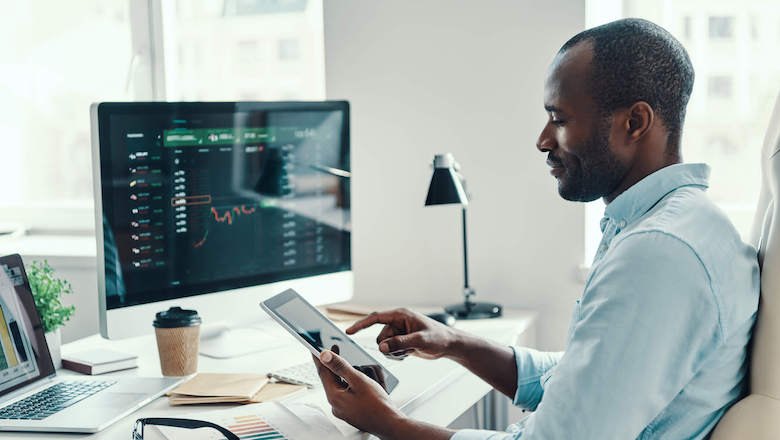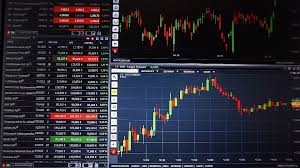
Automatic Forex trading has revolutionized the way traders engage with the foreign exchange market. No longer are traders reliant solely on their own analysis and intuition; instead, they can now leverage advanced algorithms and trading platforms to execute trades swiftly and efficiently. For more information on this topic, you can visit automatic forex trading latam-webtrading.com.
The rise of automated trading has opened new doors for both novice and experienced traders, enabling them to optimize their trading strategies while reducing the emotional turmoil often associated with manual trading.
What is Automatic Forex Trading?
Automatic Forex trading refers to the use of computerized systems to execute trades in the foreign exchange market. These systems can be programmed to follow specific trading strategies, executing trades based on predetermined criteria without the need for human intervention.
The automation of the trading process allows for faster trade execution, reduced emotional bias, and the ability to monitor multiple currency pairs simultaneously.
Traders can customize their algorithms to reflect their trading preferences, whether that involves day trading, swing trading, or long-term investing.
Benefits of Automatic Forex Trading
The advantages of automatic Forex trading are numerous. First and foremost, it eliminates emotional decision-making.
Human traders often struggle with fear and greed, which can lead to impulsive trading decisions. With automated systems, trades are executed based on hard data and logical criteria, minimizing emotional influence.
Additionally, automated trading offers the potential for enhanced efficiency. Algorithms can analyze vast amounts of market data in a fraction of a second, identifying opportunities that a human might miss. This speed is crucial in a fast-paced market like Forex, where prices can fluctuate dramatically in moments.
Finally, automated trading allows traders to diversify their portfolios effortlessly. By employing multiple trading strategies across various currency pairs, traders can spread risk while maximizing opportunities.

How Does It Work?
The core of automatic Forex trading lies in algorithms. Traders develop these algorithms based on their trading strategies, employing technical indicators, historical price data, and market trends.
Once the algorithm is established, it is back-tested against historical data to assess its viability and profitability. This step is crucial, as it ensures that the algorithm performs well under various market conditions.
After satisfactory back-testing, traders deploy the algorithm on a trading platform, allowing it to execute trades automatically. These platforms often come equipped with risk management tools, allowing traders to set parameters such as stop-loss and take-profit levels.
Choosing the Right Automatic Trading System
Selecting an appropriate automatic trading system is vital for success. Traders should consider several factors, including the performance and reputation of the trading system, the fees involved, and the level of customization available.
Some platforms require coding knowledge to create custom algorithms, while others offer pre-built systems that can be used out of the box.
Additionally, users should ensure that the platform provides robust security measures to protect their investments.
Common Strategies in Automatic Forex Trading
There are various strategies traders can implement in automatic Forex trading. Some common approaches include:
- Trend Following: This strategy attempts to capitalize on existing market trends by buying when prices are rising and selling when prices are falling.
- Mean Reversion: This strategy is based on the assumption that prices will revert back to their historical averages. Traders using this approach will look to buy undervalued currencies and sell overvalued ones.
- Arbitrage: This strategy takes advantage of price discrepancies between different markets or platforms. Automated systems can exploit these differences rapidly before they disappear.

Challenges of Automatic Forex Trading
Despite its many benefits, automatic Forex trading is not without its challenges. One common issue is the risk of system failure.
Technical glitches can occur, leading to unintended losses if a system goes offline or malfunctions. Therefore, it is crucial for traders to monitor their automated systems regularly and ensure they have contingency plans in place.
Additionally, market conditions can change rapidly. An algorithm that performed well in a specific environment may struggle in a more volatile market.
Regularly updating and optimizing algorithms to adapt to changing market conditions is essential for maintaining profitability.
The Future of Automatic Forex Trading
The future of automatic Forex trading looks promising. As technology continues to advance, traders can expect even more sophisticated algorithms that leverage artificial intelligence and machine learning.
These developments will allow for even more accurate predictions and quicker responses to market shifts.
Furthermore, the integration of blockchain technology may enhance security and transparency in automated trading systems.
Conclusion
Automatic Forex trading represents a significant shift in the landscape of currency trading. By embracing technology, traders can optimize their strategies, reduce risk, and improve efficiency.
However, it is essential to understand the associated challenges and remain vigilant in monitoring automated systems.
With the right knowledge, tools, and strategies, traders can unlock new opportunities and navigate the complexities of the Forex market successfully.
